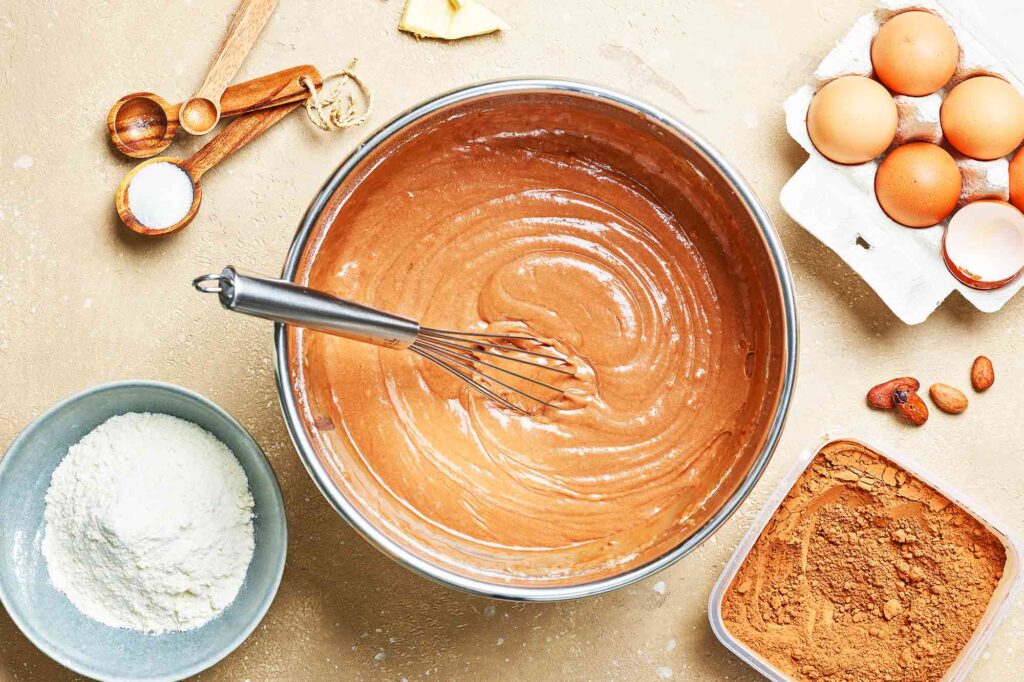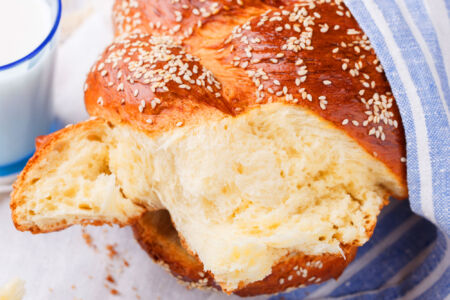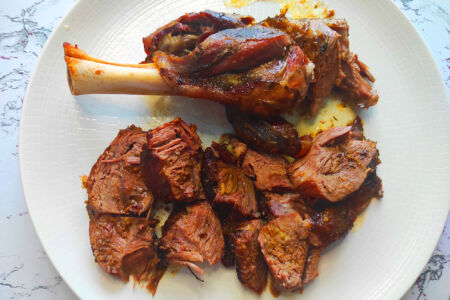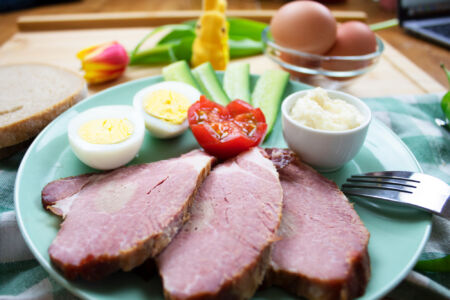Baking is often considered a delightful blend of art and science, where precise measurements and ingredient interactions play a pivotal role in creating the perfect treats we all love. Behind every delicious cake, cookie, or pastry lies a world of intricate chemical reactions and physical transformations.
Let's dive into the science of baking to unravel the mysteries of how ingredients come together to create delectable desserts.
The Flour Power: Building the Foundation

Flour is the backbone of most baked goods, and it's no coincidence. Wheat flour, in particular, contains two essential proteins: glutenin and gliadin. When mixed with liquid, these proteins form gluten, a network of interconnected strands that give dough its elasticity and structure. Kneading dough strengthens this network, making it essential for bread-making.
In contrast, for delicate pastries like croissants, minimal gluten formation is desirable to maintain a flaky, tender texture.
Sugar: More Than Just Sweetness
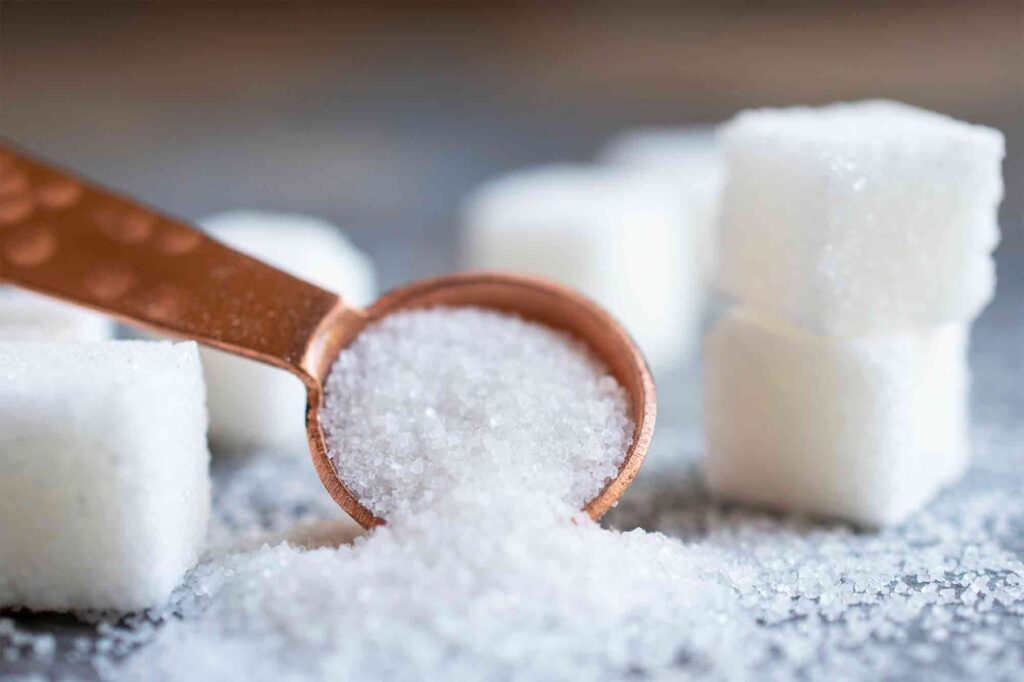
Sugar not only sweetens but also contributes to the texture and structure of baked goods. It attracts and retains moisture, keeping treats soft and moist. In cookies, sugar helps create a tender crumb by inhibiting gluten formation.
Additionally, when sugar caramelizes during baking, it gives a delightful golden-brown color and complex flavors to crusts and surfaces.
The Magic of Leavening Agents
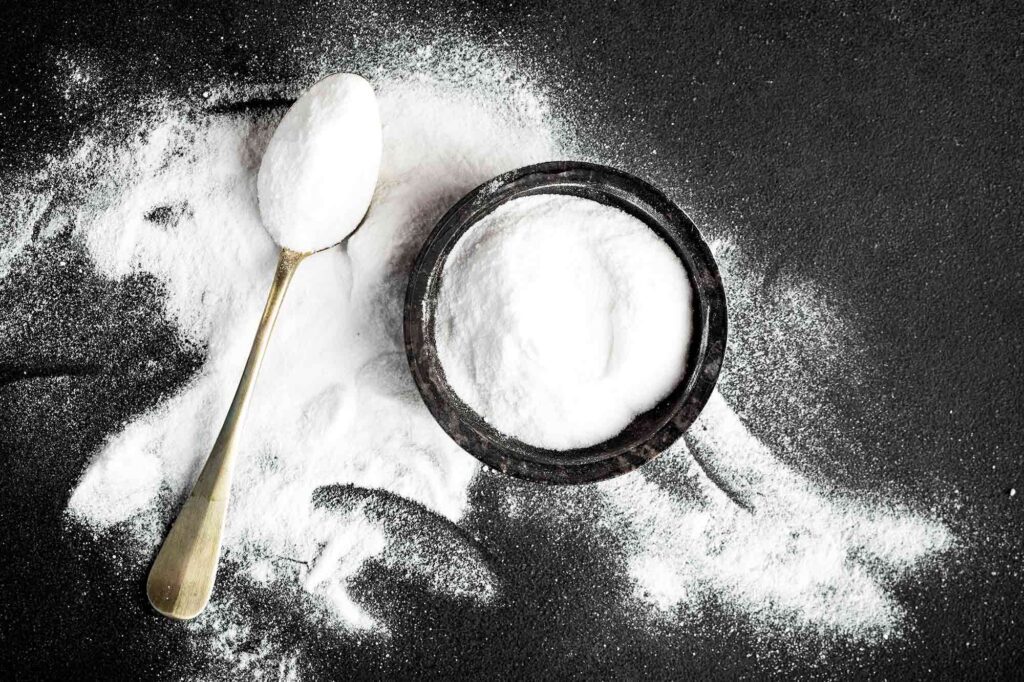
Baking powder and baking soda are the wizards behind the rise in many baked treats. Baking soda (sodium bicarbonate) reacts with acidic ingredients like yoghurt or vinegar, producing carbon dioxide gas bubbles that make the dough or batter rise. Baking powder, on the other hand, contains both an acid and a base, creating a chemical reaction when mixed with liquid and heat.
This double-action releases carbon dioxide, resulting in a light and fluffy texture in cakes and muffins.
Fats: The Tender Touch
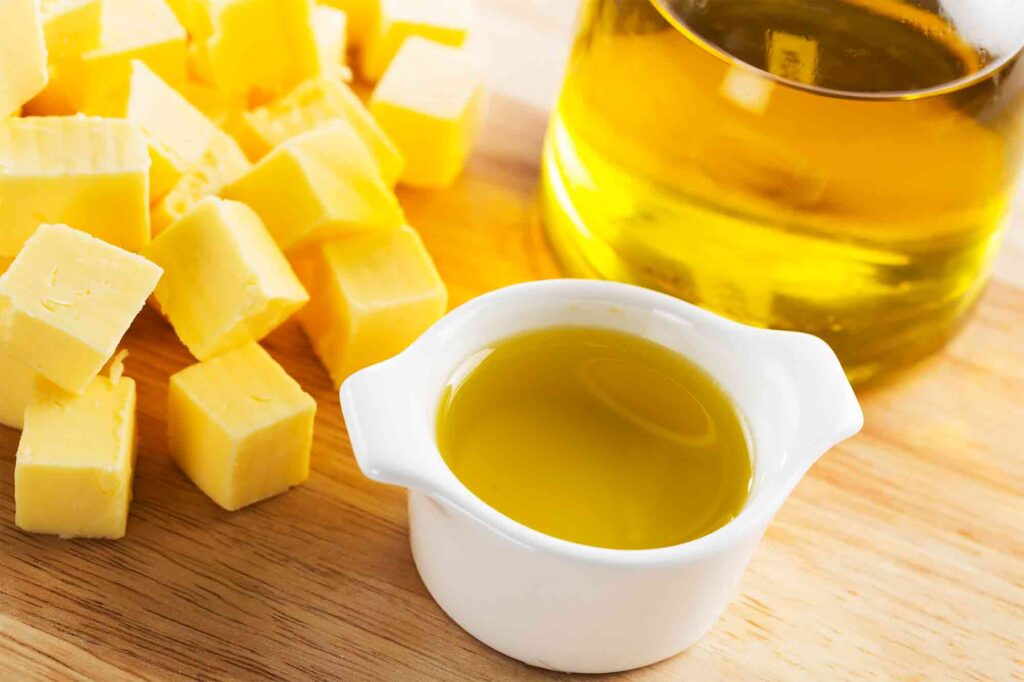
Butter, oil, or shortening may seem like mere sources of flavor and richness, but they have a significant impact on texture. Fats coat flour particles, preventing excessive gluten formation and creating a tender, crumbly texture.
Fats also contribute to moisture retention, enhancing the shelf life of baked goods.
Eggs: Binding and Leavening
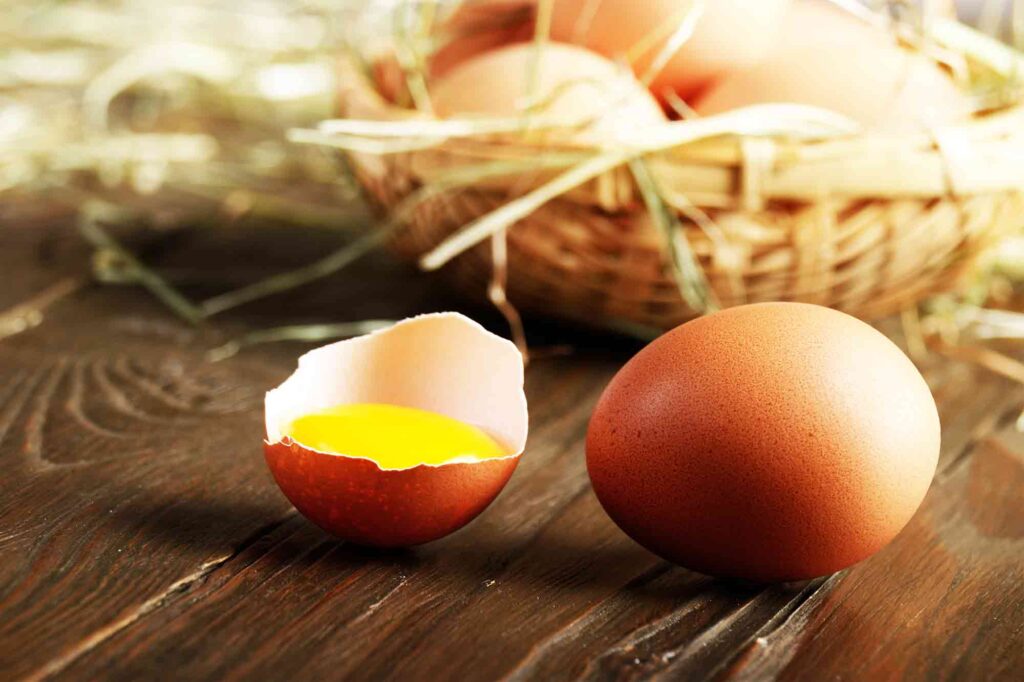
Eggs are versatile ingredients in baking, serving as both binders and leavening agents. The proteins in eggs coagulate during baking, providing structure and stability to the finished product.
The water content in eggs also turns into steam during baking, expanding and leavening the batter or dough.
The Perfect Treat: A Balancing Act
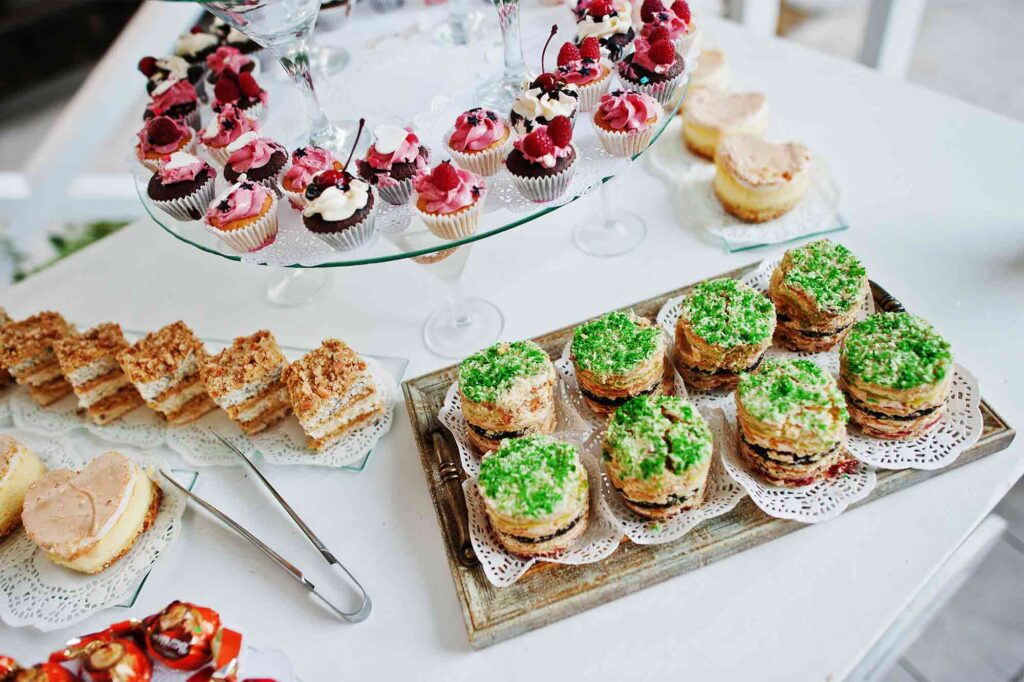
Baking is a precise balancing act, where the proportion of ingredients, mixing techniques, and baking times all influence the final outcome. Experimenting with these variables can yield a range of textures and flavors, from dense and chewy to light and airy.
The science of baking invites us to explore, innovate, and appreciate the intricate dance of ingredients that turns simple components into delectable masterpieces.
Next time you savor a fresh-from-the-oven treat, take a moment to appreciate the science behind the deliciousness.
Baking is not just an art, it's a beautifully orchestrated symphony of ingredients coming together to create a sensory delight that tantalises our taste buds and warms our hearts.

